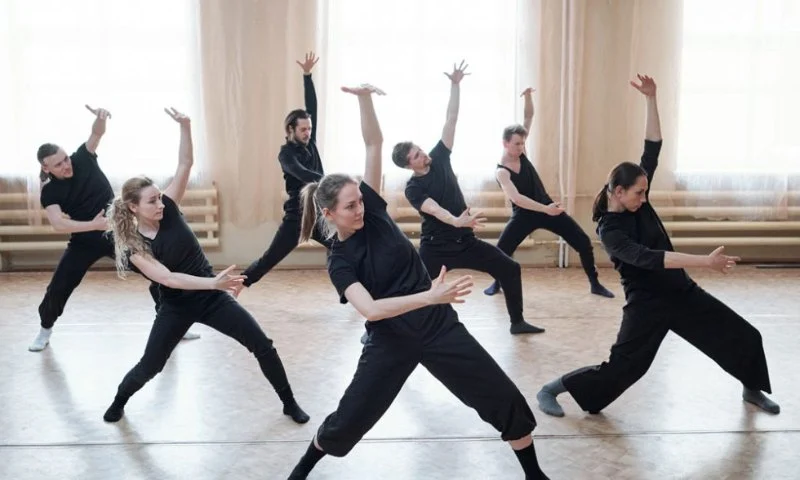
- 1 - What is Waacking?
- 2 - The History and Origins of Waacking
- 3 - Punking and Arm Movements in Waacking
- 4 - Waacking Techniques and Styles
- 5 - Famous Waacking Dancers and Their Influence
1. What is Waacking?
Waacking is a powerful and expressive dance style that originated in the LGBTQ+ clubs of Los Angeles in the 1970s. Known for its dramatic arm movements, waacking combines elements of jazz, funk, and disco, making it a highly energetic and visually striking style. Dancers who perform waacking emphasize speed, control, and emotion in their movements, creating a unique and captivating experience for viewers.
At the core of waacking is the use of arm movements, often executed with quick, sharp gestures, but the dance also involves dramatic poses, facial expressions, and an overall sense of freedom. Waacking is often performed to fast-paced disco and funk music, where the rhythm and beat guide the dancer’s movements.

Mythili Dance Academy / mythili dance academy
12996 Nimble Dr, Frisco, TX 75035, USA
2. The History and Origins of Waacking
The roots of waacking trace back to the dance floors of underground gay clubs in Los Angeles during the 1970s. Influenced by the music of the disco era, dancers began to incorporate fast, sharp arm movements, and exaggerated poses, inspired by the glam and dramatic styles seen in Hollywood. The style was originally known as "punking," and was closely associated with LGBTQ+ culture, where dancers could express themselves freely and unapologetically.
As waacking evolved, it became more structured and was eventually recognized as a distinct dance style. In the 1980s, waacking gained popularity after being featured in movies, music videos, and dance competitions. It continues to inspire dancers worldwide and is considered an integral part of street dance culture today.
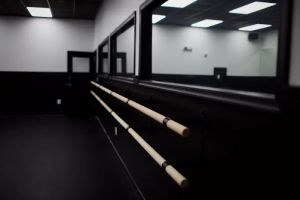
Class Act Performing Arts / class act studios
EdgewaterAnne Arundel CountyMaryland
161 Mitchells Chance Rd, Edgewater, MD 21037, USA
3. Punking and Arm Movements in Waacking
The defining feature of waacking is its focus on the arms, particularly the fast, sharp movements that are characteristic of this style. These arm movements, often called "waacking," are performed with precision and speed, creating a visual spectacle for the audience. The dancer's arms are extended out to the side, above the head, or in a circular motion, often with a sense of grace and drama that mirrors the attitude and style of the music.
Punking, an earlier form of waacking, refers to the exaggerated poses and expressive body movements that emphasize the power of each gesture. Punking helped establish waacking's dramatic flair, incorporating poses inspired by Hollywood stars and theatrical influences. In waacking, these arm movements are often performed to the rhythm of the music, with dancers syncing their motions to the beat.
4. Waacking Techniques and Styles
Waacking is a style that emphasizes precision, fluidity, and performance. Dancers must master several core techniques to execute the iconic arm movements, such as:
- Arm Spins: One of the most striking elements of waacking involves spinning the arms in large, circular motions, often with rapid speed and grace.
- Overhead Poses: Dancers often raise their arms above their heads, striking dramatic poses that add visual intensity to their routines.
- Quick Arm Pivots: Quick, sharp pivots with the arms form a key component of waacking's fast-paced movements.
- Body Isolation: Waacking requires complete control over the arms, shoulders, and torso, with dancers isolating their upper bodies while maintaining fluid motion.
The style of waacking can vary from performer to performer, with some dancers incorporating more jazz or funk influences, while others emphasize dramatic, almost theatrical elements. Regardless of the style, the core of waacking remains its expressive arm movements and dramatic flair.
5. Famous Waacking Dancers and Their Influence
Throughout the years, several dancers have made significant contributions to the growth and popularization of waacking. Some of the most notable figures in the waacking community include:
- Don Campbell: Known for his iconic moves and as the founder of locking, Don Campbell’s influence on the dance scene extended to waacking, blending the elements of locking with waacking's fluid arm movements.
- Tina Landon: A legendary dancer and choreographer, Tina Landon helped bring waacking to a broader audience, incorporating it into mainstream music videos and performances.
- Princess Lockeroo: A prominent figure in the waacking community, Princess Lockeroo has been instrumental in teaching and spreading the history of waacking through workshops and performances worldwide.
The contributions of these dancers, along with many others, have helped to shape waacking into the celebrated dance form it is today. With its unique arm movements, dramatic poses, and powerful energy, waacking continues to influence dancers globally, becoming an essential part of both street dance and contemporary performance culture.
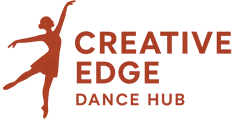
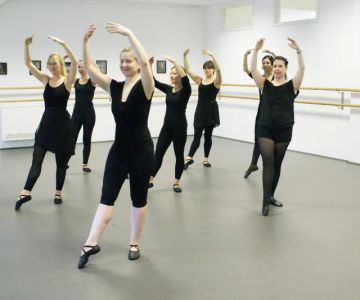
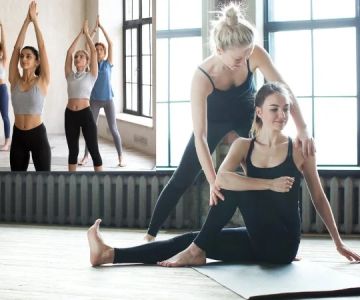
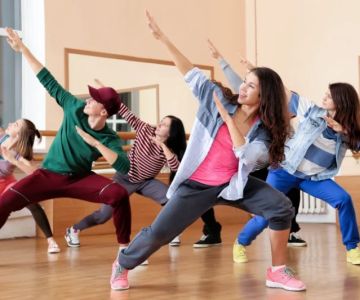
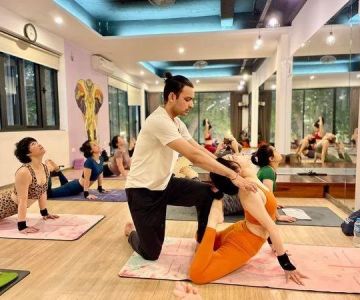

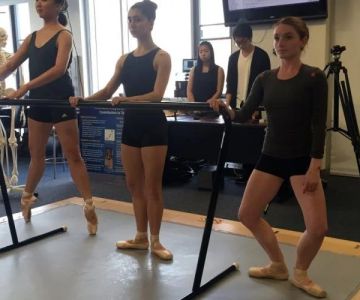
 PoleFit Carolinas - Voted Best with Two Locations to Serve You4.0 (38 reviews)
PoleFit Carolinas - Voted Best with Two Locations to Serve You4.0 (38 reviews) Step 1 Dance 2 Academy4.0 (11 reviews)
Step 1 Dance 2 Academy4.0 (11 reviews)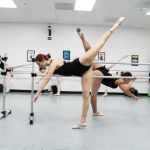 Showcase Dance Studio4.0 (43 reviews)
Showcase Dance Studio4.0 (43 reviews) Dance Vision Studios-Memorial5.0 (18 reviews)
Dance Vision Studios-Memorial5.0 (18 reviews) Shall We Dance: Summersville Gymnastics Center0.0 (0 reviews)
Shall We Dance: Summersville Gymnastics Center0.0 (0 reviews)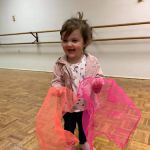 Workshops In Dance5.0 (7 reviews)
Workshops In Dance5.0 (7 reviews)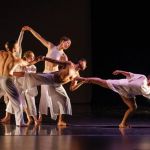 The History of Contemporary Dance in the US: Evolution and Influence
The History of Contemporary Dance in the US: Evolution and Influence How to Transition from Dance Classes to Social Dancing: A Complete Guide
How to Transition from Dance Classes to Social Dancing: A Complete Guide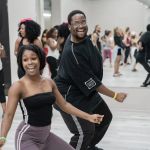 How to Find a Dance Class with a Live Band – Discover the Best Dance Experiences
How to Find a Dance Class with a Live Band – Discover the Best Dance Experiences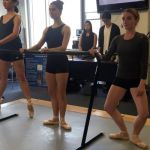 What is Dance Kinesiology? Understanding the Science of Movement
What is Dance Kinesiology? Understanding the Science of Movement The Best Dance Styles for Stress Relief and Relaxation - Move, Breathe, and Unwind
The Best Dance Styles for Stress Relief and Relaxation - Move, Breathe, and Unwind The Role of Festivals in the Dance Community Culture
The Role of Festivals in the Dance Community Culture